What is NLP?
Natural Language Processing (NLP) is a part of computer science and artificial intelligence (AI), which gives the machines the ability to read, understand and derive the meaning from human language. This ability of machines facilitates many services which we use in our daily life maybe without noticing. When you type half of the word while chatting, nowadays all smart phones can complete your words before you finish it. There is an automatic grammar corrector in most email providers as well. All these tools have an NLP algorithm behind the scenes.
If you have a business use-case where you need to build an NLP model, how would you start and end the lifecycle of the model?
Let’s address first a business use case in which we use NLP at the People Analytics Team of ING. We apply NLP algorithms on survey data to get insights from employee feedback more efficiently. The challenge to deal with in this use case is evaluating unstructured text feedback in the most efficient way. Having an automatized evaluation system with NLP models that assigns topic and sentiment of the feedback is considered as the solution to this challenge.
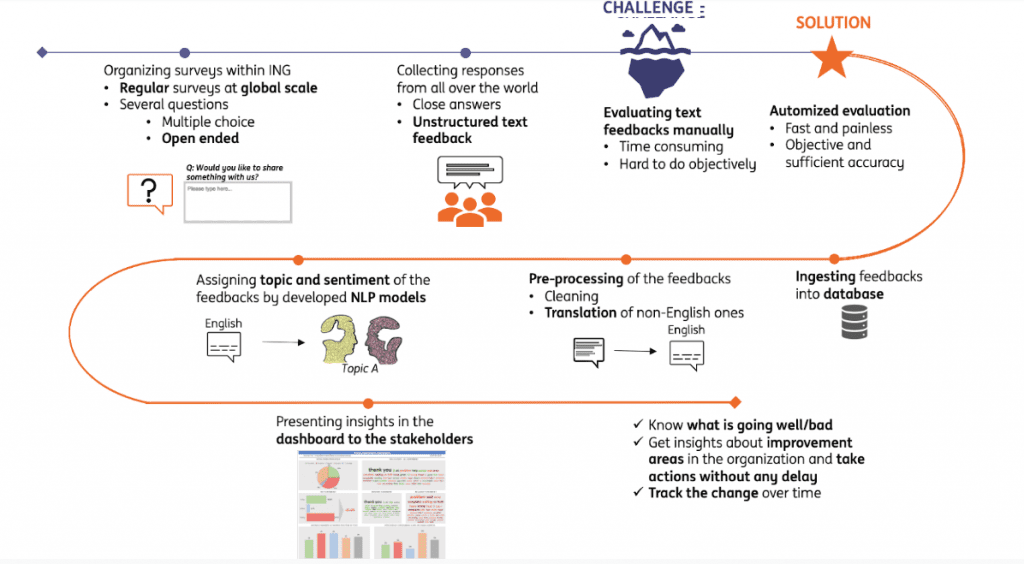

To achieve this aim, we have built a topic and sentiment model separately by using NLP. In this article, I would like to give you a general sense about all stages of the full life cycle of models and main takeaways from what we experienced during our journey. We consider 4 main stages of the full life cycle to build and maintain topic and sentiment models: development, validation, deployment and monitoring of the models.
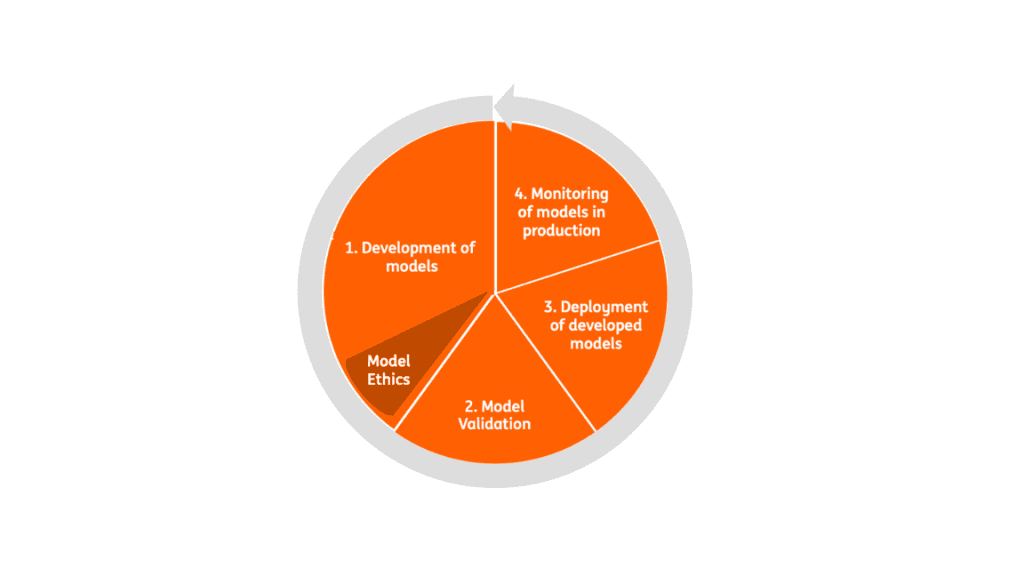

1. Development of the models
Development stage is the first focus and probably the most time-consuming stage. It starts with the designing and developing the modelling steps which include data, methodology and performance metrics by considering the limitations.
To give a more solid explanation, let’s focus on our sentiment model and how we develop it.
Data: We have unstructured text data with some irrelevant or sensitive info (e.g., emails, corporate keys) in multiple languages. We cleaned the text data first, then applied a translation step to have all comments in English.
Limitation: Inability to use the best performing online translation APIs due to security reasons.
Solution: Using offline translation package which performs sufficiently on selection of languages.
Methodology: There are supervised, semi-supervised and unsupervised approaches you can use to predict the sentiment of text data. We started with an unsupervised method since we didn’t have annotated data and observed that it is not performing very well. This made us launch annotation rounds to label a small number of feedback manually.
Limitation: Not having correct sentiment labels in the data.
Solution: Starting with the simple approach and switching to a more complex and time consuming one which is manual labelling and building supervised approach.
Having the correct sentiment for a small group didn’t work very well since there wasn’t enough data to get the pattern by the model. That’s why we used transfer learning which starts training on the knowledge from a pre-trained model by the big external data instead of starting from scratch.
Limitation: Having small number of feedbacks with correct sentiment labels.
Solution: Using transfer learning.
Performance metric: To compare different models and ensure that the model is working sufficiently, you must define a solid metric to measure. There are multiple options (e.g., precision, recall) and you should choose based on your intended usage of model output. In our case, we used the f1-score which is the harmonic mean of precision and recall considering both false positive and negative cases.
1.1 Model ethics
In addition to technical details, there is also the non-technical aspect of the development phase which is model ethics. Ethical and moral issues are very important to investigate in order to be sure that the model doesn’t have any bias on specific group(s) (e.g., gender, language or country etc.). We should address the following questions during this investigation:
- Does the model make more mistakes for a specific language?
- Does the model have the ability to detect gender or nationality of the respondents and use this information while making sentiment prediction?
Here are some suggestions to address these questions:
- Performing error Analysis per specific group (e.g., language) to see if the model has significantly lower performance for any group
- Building another model to predict specific group from the feedbacks (e.g., gender) and checking if the performance is good, meaning that the model can derive the gender by only looking at feedbacks


Key takeaways:
- Start simple as long as it covers the need
- Iterate the development by improving something in every step
- Keep in mind the limitation of the use case and the design of the steps of development accordingly
- Deep dive model results to investigate technical and non-technical aspects
2. Model validation
Since ING as a bank is in a highly regulated industry, we must validate developed models before deploying them in production. So far, ING has established a very well-structured model validation framework which is summarized below.
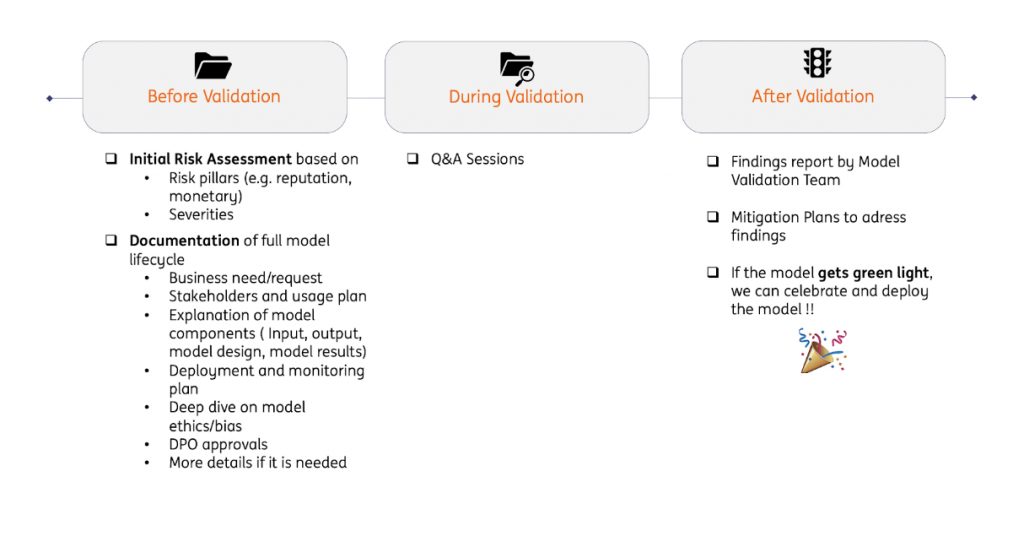

Key takeaways:
- Be aware of validation requirements while designing the model
- Document every detail while developing the model (e.g., training and test set, detailed results and explanation)
- Plan the deployment and monitoring stages before starting the validation
3. Deployment of developed models
Once you have finished the development and are sure that it is a valid model, you save the trained model in a re-callable file format and deploy this model in the production to get predictions on new data. You should follow the same data preparation steps to help the model to see feedback in the same standards and call the saved trained model to make a prediction for new data during the deployment. If you conduct a new survey (meaning new feedback data) in a consistent frequency, you can automatize this process.
Key takeaways:
- Apply the same preparation steps in the development stage on new data before getting predictions
- Automate the deployment based on frequency of surveys
4. Monitoring of models in production
Models tend to be obsolete and suffer performance drop over time by their nature. This is called model decay. Once it has started, the retraining of the model must be done to maintain the performance of the model at a certain level. Monitoring is essential to detect this retraining need on time in order to avoid model decay.
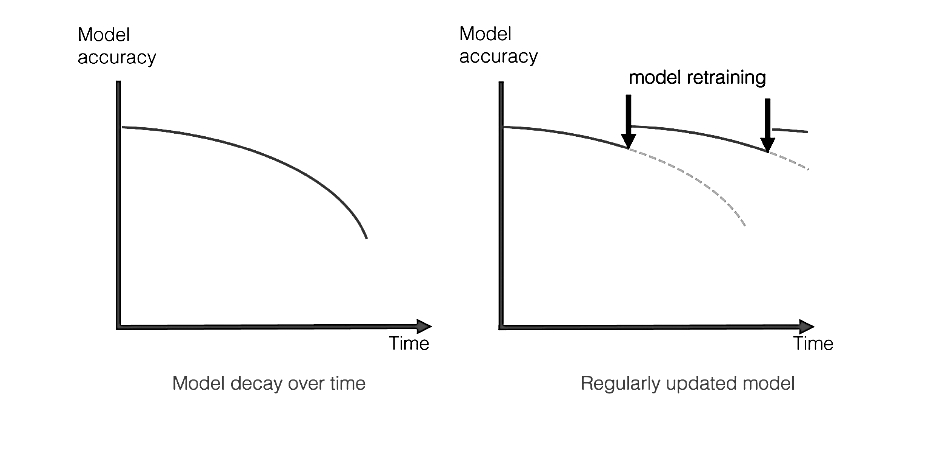

Depending on the use case, you must plan the monitoring stage and once the model has been deployed in the production, you should activate a monitoring system as well. We can categorize use cases into:
Case 1: Available correct labels after making prediction
- Monitoring Method: Check the performance metric between predictions and correct labels over time
Case 2: No luxury to know labels without manual annotation
- Monitoring Method: Novel approach called drift detection methods on defined variables.
Our business use case is placed in case 2 since we don’t have the luxury to know labels without manual evaluation every time when we use the model on new survey data. That’s why we use drift detection methods.


Drift detection methods track the distributional shift in a defined variable for two different datasets. For us, these two datasets are training data as reference data and new data in production. We define the variable which we would like to track for a shift as a certainty level of predictions. Predictions are made based on probabilities of being positive, negative and neutral in the sentiment model. The sentiment with the highest probability is chosen as predicted sentiment. We calculate the certainty level as the probability difference between first two class probabilities.
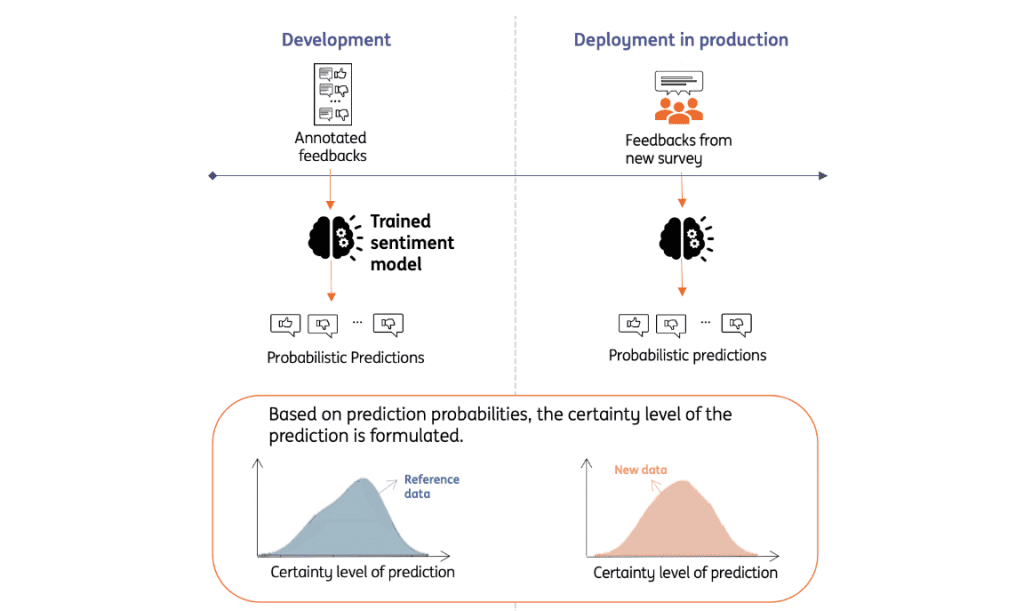

If there is a significant change towards left, it means that there is a shift and retraining need!
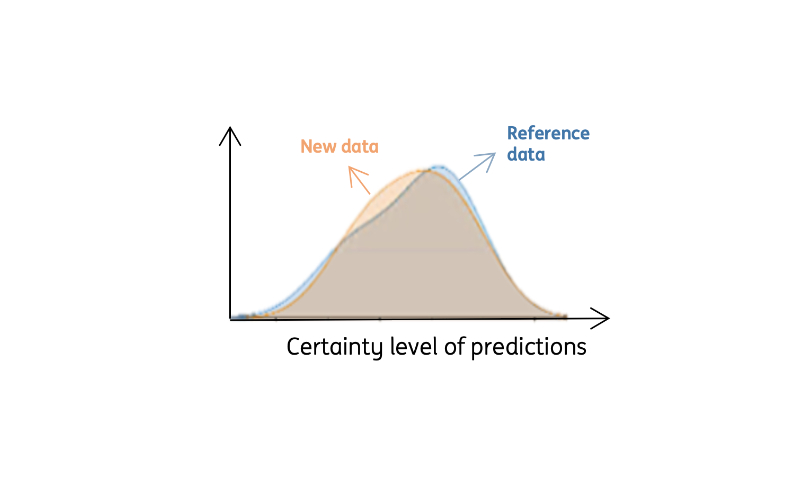

After establishing the drift detection method with these details, we perform an evaluation experiment on the monitoring system. We apply the method on new data and check if the method concludes with a drift. In parallel, we annotated manually a small number of feedbacks from new data and checked if there is significant change on performance metric. According to the result, we ensured that the established monitoring system is working.
Key takeaways:
- Establish a monitoring system depending on the use case
- Have a proper test on the monitoring system designed before using it
Conclusion
In this article, I explain the key points of each stage in the full model life cycle on the basis of what we experienced in our journey.
The most important conclusion especially for the experts who are at the beginning of this journey is that building NLP models (or any machine learning models) doesn’t mean only training a model which gives predictions with the best performance. If you would like to maintain the impact of the model in the long term on business use cases, you must consider the full life cycle of the model.
About the author


Busra Cikla is an enthusiastic data scientist with a passion for analytics at ING’s People Analytics Team under HR in Amsterdam. She has gained considerable international experience on designing and developing end-to-end advanced analytics solutions to a business problem in three different teams within the organization during the last 4 years. Some of the projects which she has worked on so far are resource optimisation for call center and collection processes, churn for wholesale banking customers, name matching for KYC processes, pricing projects for retail customers. At her current team, she is responsible for NLP models and ad-hoc analysis on survey data to help the organisation have a healthy working environment. Busra has a background in optimisation and operational research from her B.Sc. study and she is currently pursuing her M.Sc. degree in Data Science, thesis stage. Busra was a speaker at the Nordic People Analytics Summit 2022.
More content on NLP:
- NLP: Big Models Aren’t Enough – Ashish Bansal, Twitch
- Driving Strategic Direction and Employee Experience: NLP in People Analytics – Lei Pan, Shell
- Power of Transfer Learning in NLP: Information Extraction using Transformers DistilBERT – Jayeeta Putatunda, MediaMath Inc.
- How NLP is used for better customer experience
- Where NLP is today, where it is going and what problems it solves
The views and opinions expressed by the author do not necessarily state or reflect the views or positions of Hyperight.com or any entities they represent.


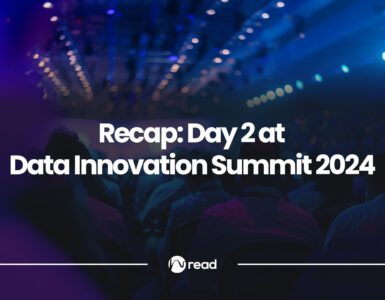
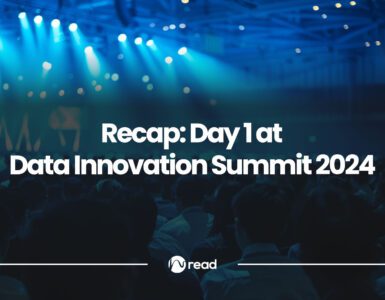









Add comment